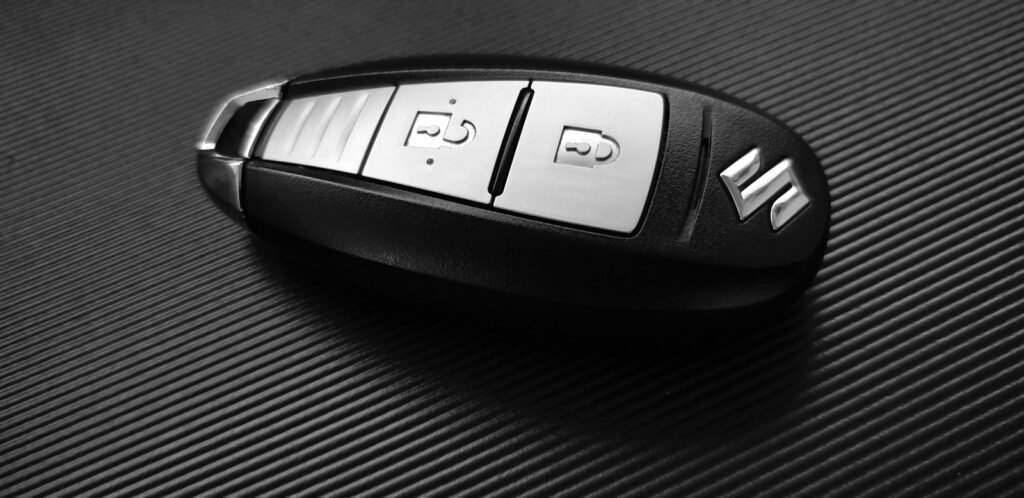Understanding Car/Auto Insurance: A Comprehensive Guide
When you think about protecting your vehicle, car insurance becomes essential. It not only safeguards your financial investment but also ensures peace of mind while driving. This article will explore what car insurance is, the various types available, factors influencing your premiums, and tips for selecting the right policy for your needs.
What is Car/Auto Insurance?
To begin with, car insurance is a contract between you and an insurance provider that offers financial protection against losses related to your vehicle. In essence, this agreement stipulates that you pay a premium in exchange for coverage against accidents, theft, and other unforeseen events.
Why You Need Car Insurance
Car insurance is not merely a legal requirement in many states; it also serves as a safety net. In the event of an accident, insurance helps cover repair costs, medical expenses, and liability claims. Therefore, having adequate coverage protects your financial future and helps you avoid substantial out-of-pocket expenses.
Types of Car/Auto Insurance
When considering car insurance, you’ll encounter various types of coverage. Understanding these options enables you to select the best policy for your situation.
-
Liability Insurance
Firstly, liability insurance is the most basic form of car insurance and is legally required in most states. This coverage consists of two main components:
- Bodily Injury Liability: This covers medical expenses for injuries you cause to others in an accident.
- Property Damage Liability: This covers damages you cause to someone else’s property.
Having adequate liability coverage is crucial because it protects you from financial loss if you’re found responsible for an accident.
-
Collision Insurance
Next, collision insurance covers damage to your vehicle resulting from a collision with another vehicle or object, regardless of fault. This type of coverage ensures that you can repair or replace your car without incurring significant out-of-pocket costs. However, keep in mind that collision insurance typically comes with a deductible, which you must pay before your insurance kicks in.
-
Comprehensive Insurance
In addition to collision insurance, comprehensive insurance covers non-collision-related incidents. This includes:
- Theft
- Vandalism
- Natural disasters
- Animal collisions
Comprehensive coverage protects your vehicle from various risks, offering additional peace of mind.
-
Personal Injury Protection (PIP)
Personal Injury Protection, commonly known as PIP, covers medical expenses for you and your passengers, regardless of who is at fault in an accident. This coverage often extends to lost wages and rehabilitation costs, making it vital for individuals who want comprehensive protection.
-
Uninsured/Underinsured Motorist Coverage
Unfortunately, not all drivers carry sufficient insurance. Uninsured/Underinsured Motorist Coverage protects you if you’re involved in an accident with someone who either has no insurance or insufficient coverage. This type of policy helps you cover medical bills and vehicle repairs, ensuring you’re not left financially vulnerable.
-
Gap Insurance
If you owe more on your vehicle than its current market value, gap insurance becomes important. This coverage helps bridge the gap between what you owe and what your car is worth in the event of a total loss. Consequently, gap insurance can be especially beneficial for new car owners who financed their purchase.
Factors Affecting Car Insurance Premiums
As you consider car insurance, understanding the factors that influence your premiums can help you make informed decisions.
-
Driving History
Your driving record plays a significant role in determining your insurance rates. If you have a history of accidents or traffic violations, insurers may view you as a higher risk, leading to increased premiums. Conversely, maintaining a clean driving record can help you secure lower rates.
-
Vehicle Type
The type of vehicle you drive also affects your insurance costs. Sports cars, luxury vehicles, and cars with high theft rates typically come with higher premiums. On the other hand, sedans and vehicles with strong safety ratings generally cost less to insure.
-
Location
Your geographical location significantly impacts your car insurance rates. Areas with higher crime rates or more accidents typically have higher premiums. Conversely, living in a rural area may result in lower insurance costs due to fewer incidents.
-
Age and Gender
Statistically, younger drivers tend to pay more for insurance due to their lack of experience on the road. Additionally, gender can play a role, as male drivers often face higher premiums than female drivers. However, these trends can vary by insurance provider.
-
Credit Score
Interestingly, your credit score can also influence your car insurance rates. Insurers often use credit scores to assess risk, with higher scores leading to lower premiums. Therefore, maintaining a good credit score can be beneficial when shopping for insurance.
How to Choose the Right Car Insurance Policy
Choosing the right car insurance policy involves careful consideration and research. Follow these steps to find the best coverage for your needs.
Step 1: Assess Your Coverage Needs
Begin by assessing your coverage needs based on your driving habits and financial situation. Consider factors like the value of your vehicle, your risk tolerance, and whether you drive frequently or only occasionally. This evaluation will help you determine the appropriate level of coverage.
Step 2: Compare Quotes
Next, gather quotes from multiple insurance providers. Comparing quotes allows you to identify the best coverage options at competitive prices. Be sure to provide consistent information to each insurer for accurate comparisons.
Step 3: Read Customer Reviews
Before finalizing your choice, read customer reviews and ratings for potential insurers. Websites like J.D. Power or Consumer Reports offer valuable insights into customer satisfaction and claims handling. This research can help you select a reputable provider.
Step 4: Understand Policy Exclusions
Before signing a policy, carefully review the exclusions and limitations. Understanding what is not covered can prevent unpleasant surprises later. If you have specific concerns, ask your insurer about adding endorsements or riders for additional coverage.
Step 5: Evaluate Discounts
Many insurers offer discounts for various reasons, such as bundling policies, being claims-free, or having safety features in your vehicle. Don’t hesitate to ask your insurer about available discounts, as they can significantly reduce your premiums.
Step 6: Consult an Insurance Agent
Finally, consider consulting an insurance agent for expert guidance. An experienced agent can help you navigate the complexities of car insurance and find a policy that meets your specific needs.
Common Mistakes to Avoid
As you navigate the world of car insurance, be aware of common pitfalls that can lead to inadequate coverage.
-
Underinsuring Your Vehicle
One of the most significant mistakes is underinsuring your vehicle. Ensure your policy adequately covers the replacement cost of your car and any necessary liability limits. Regularly reassess your coverage as your circumstances change.
-
Ignoring Policy Renewals
Many people overlook their policy renewals, resulting in lapses in coverage. Always review your policy at renewal time to ensure it still meets your needs. This review also allows you to explore potential discounts or coverage changes.
-
Failing to Shop Around
Some individuals settle for the first insurance quote they receive. However, shopping around for quotes can lead to significant savings. Make it a habit to compare rates periodically to ensure you’re getting the best deal.
-
Overlooking the Importance of Liability Coverage
Liability coverage is crucial for protecting your assets in case of lawsuits. Some homeowners underestimate the importance of this coverage. Ensure your policy includes adequate liability limits to safeguard your financial future.
Making a Claim
If you ever need to file a claim, knowing the process can alleviate stress.
Step 1: Contact Your Insurer
Initially, contact your insurance provider as soon as you experience an incident. Most insurers have 24/7 claims support, allowing you to report the incident quickly.
Step 2: Document the Incident
Next, document the incident thoroughly. Take photos of the damage and gather any witness statements if applicable. This documentation will support your claim and ensure you receive appropriate compensation.
Step 3: Complete the Claims Process
After submitting your claim, your insurer will assign a claims adjuster to assess the situation. Be prepared to provide any additional information requested. Once the adjuster reviews your claim, they will determine the payout based on your policy’s terms.
Conclusion
In conclusion, understanding car/auto insurance is vital for protecting yourself and your vehicle. By familiarizing yourself with the different types of coverage, factors affecting premiums, and how to choose the right policy, you can make informed decisions that safeguard your financial future.
Remember to assess your needs, shop around for quotes, and regularly review your policy to ensure adequate protection. With the right car insurance policy in place, you can enjoy peace of mind while driving, knowing you’re covered against life’s uncertainties. Whether you’re a new driver or a seasoned veteran, taking the time to understand car insurance can provide lasting benefits for years to come.




